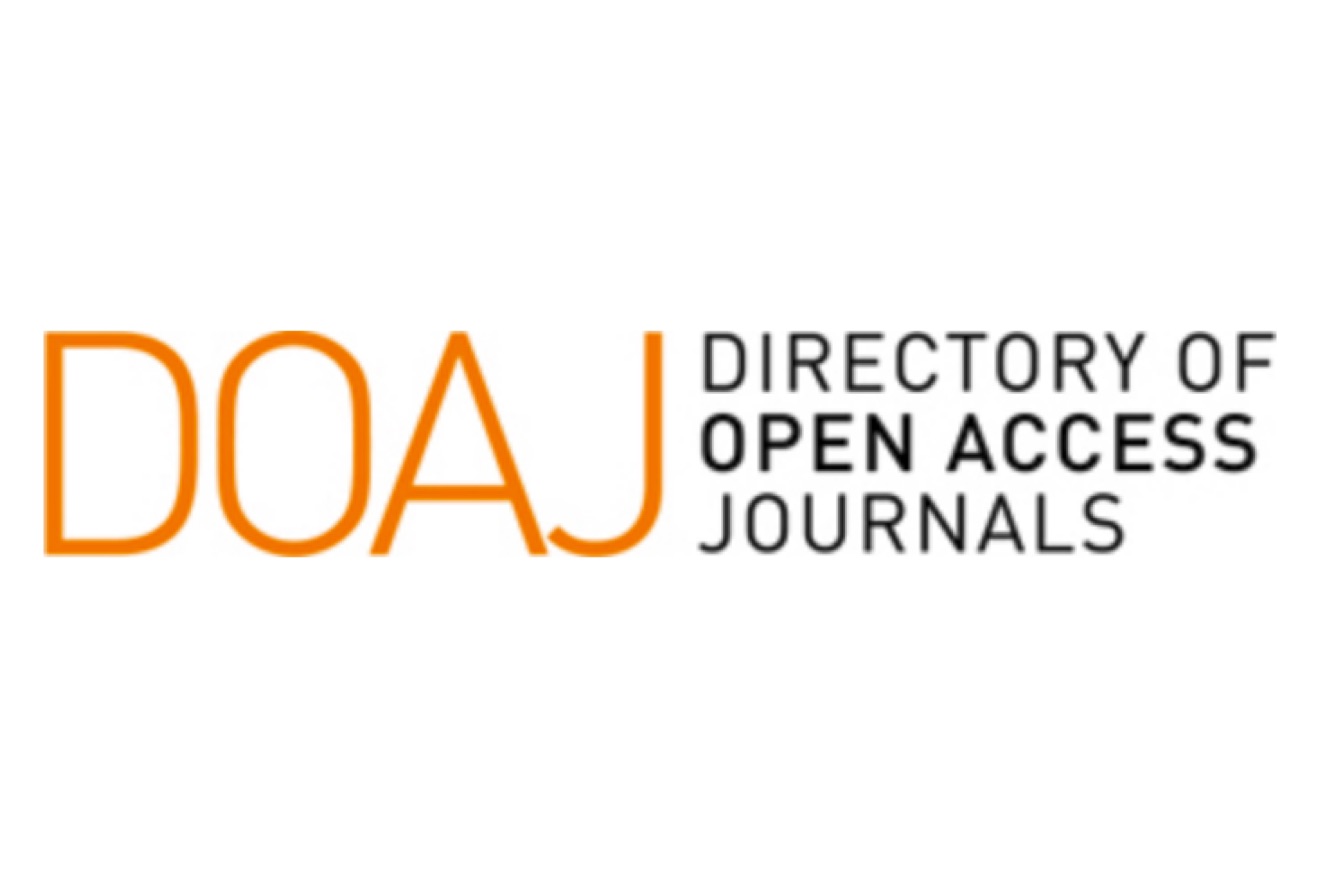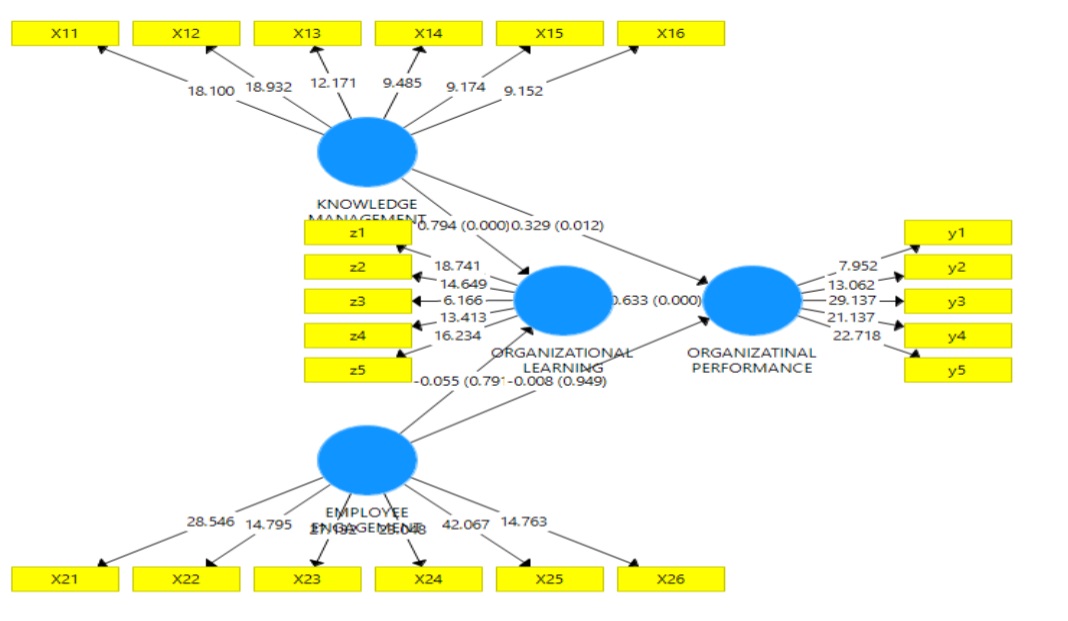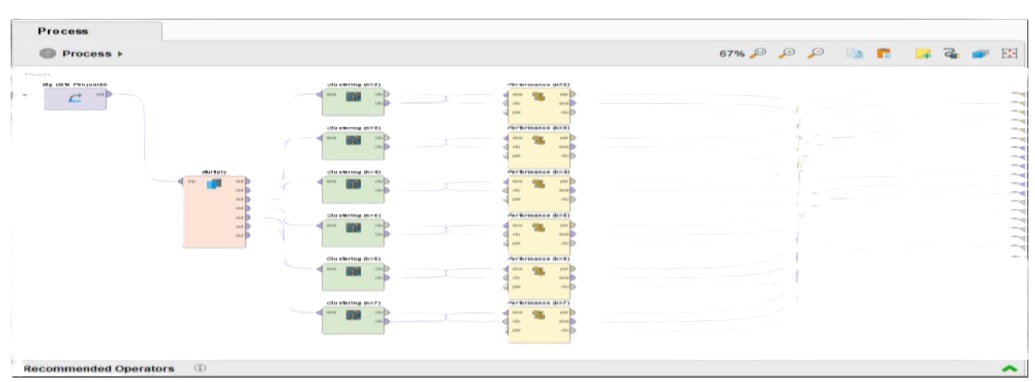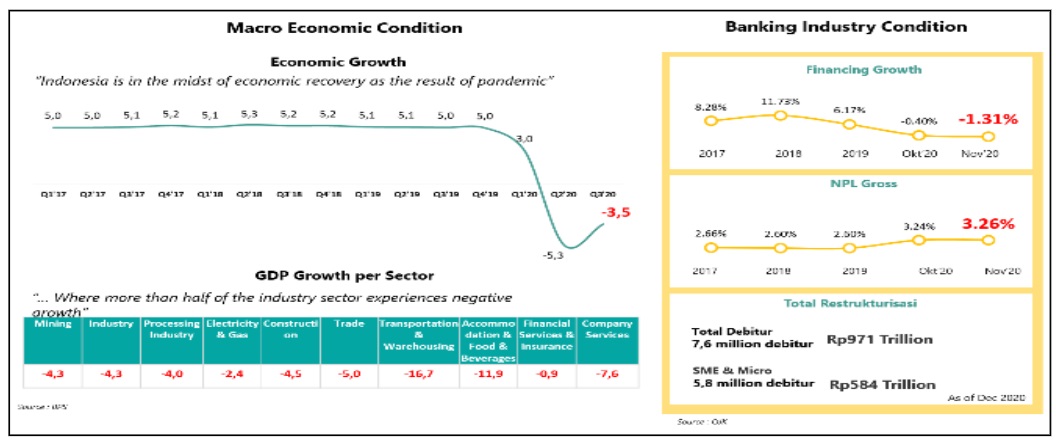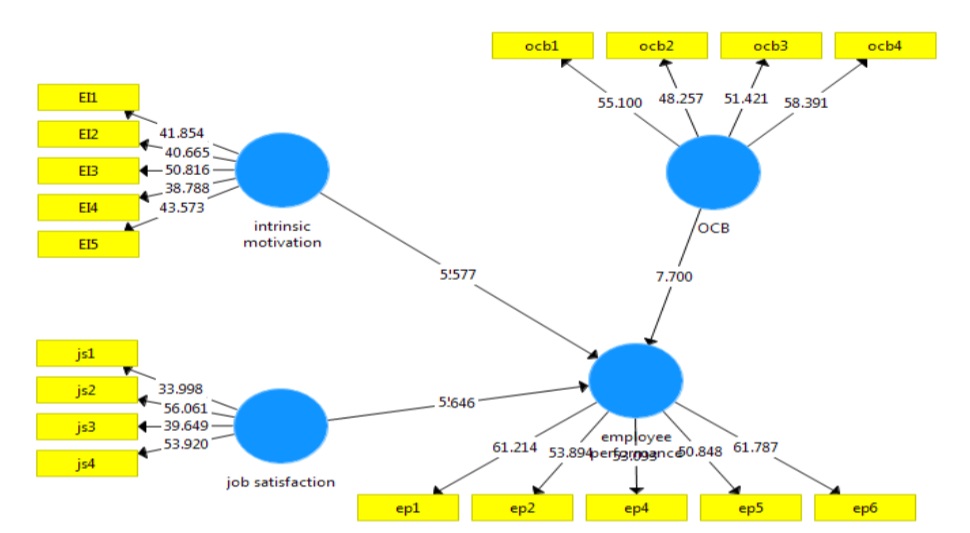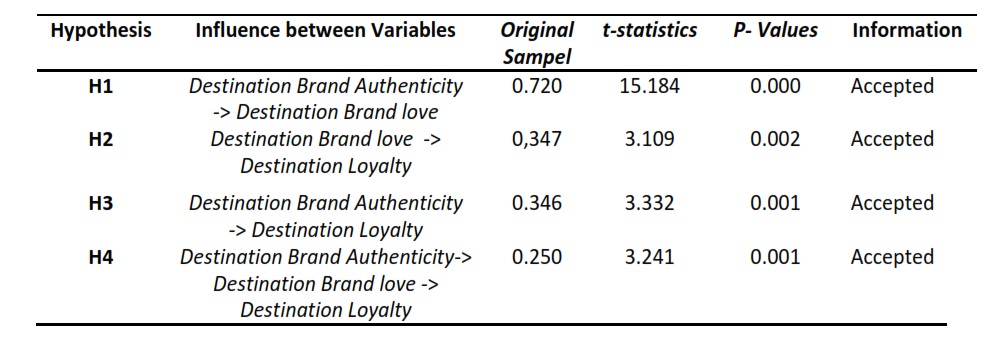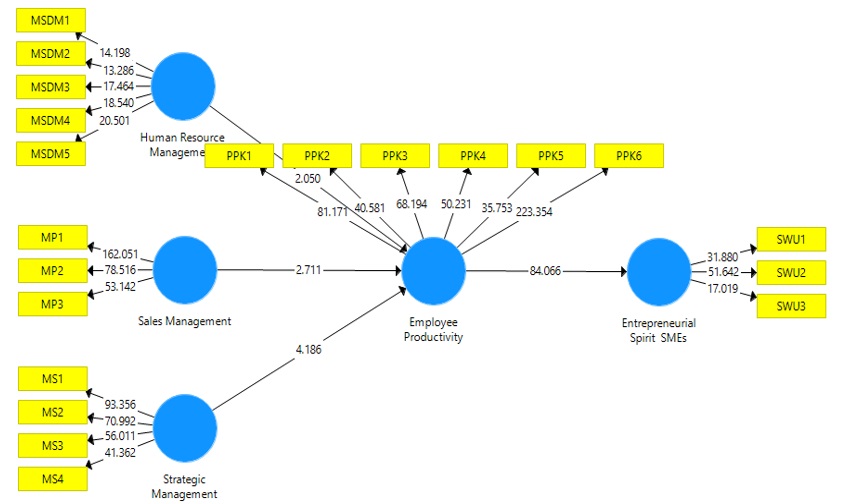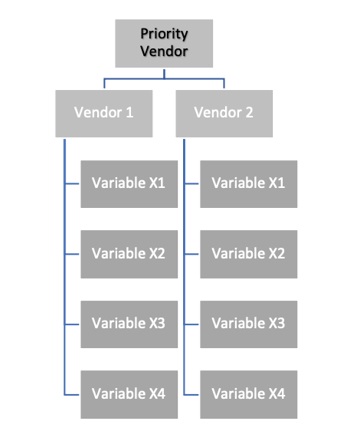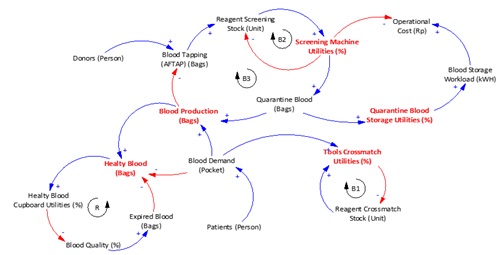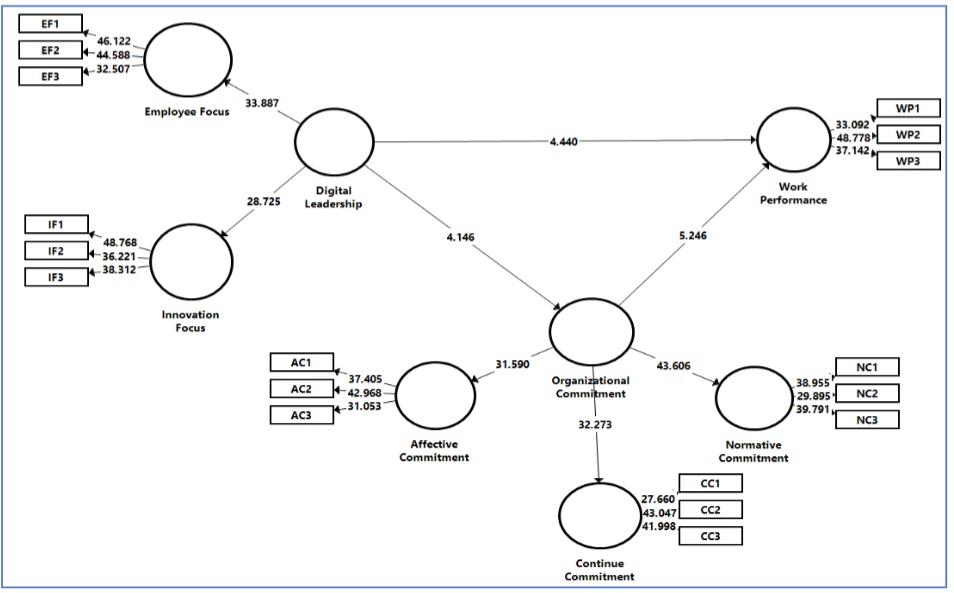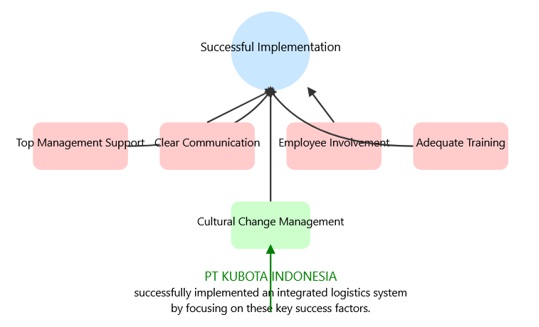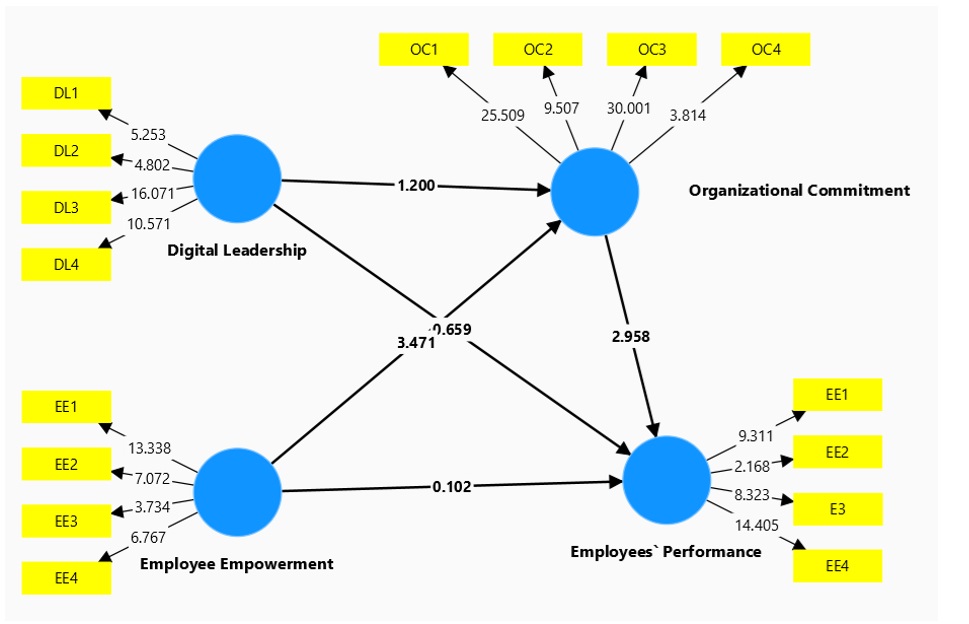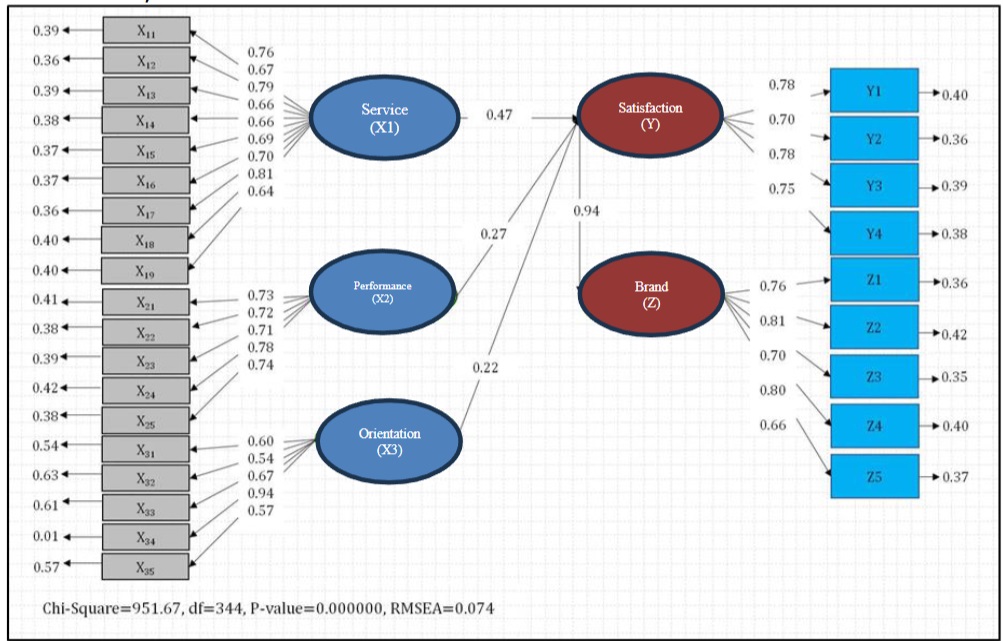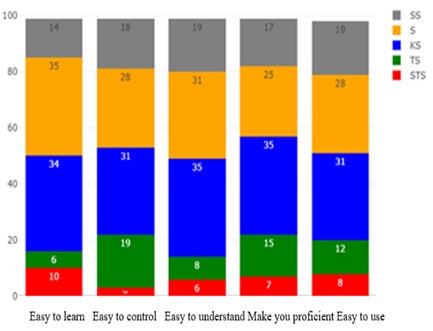PENGARUH AGLOMERASI DAN HUBUNGAN VERTIKAL INDUSTRI TERHADAP PRODUKTIVITAS INDUSTRI DI INDONESIA
Downloads
Additional Files
Abstract : The research objectives is to analyze agglomeration over the company's productivity of 2 important factors of agglomeration: interindustry (localization) and cross industry spillover (urbanization) and review its effect if those agglomeration derives from upstream or downstream industry. In addition to it, this research is determining on how geographic distance and economic distance against spillover strength. By means of the company‘s level panel data of heavy and medium industrial survey result by the National Statistical Bureau in local regency/municipality level ranging from 2008 to 2015 and 2010 output input table to see the vertical industry relation, the outcomes may show that both company accepting positive and significant impact on productivity spillover of the same industrial sector, and other industrial sector in the same region. Nevertheless, the more far the area geographically, the less its impact. Productivity spillover is also determined from upstream dan downstream industries concentrating in the same region. However, the economic distance effect is not identified on the upstream level. Hence, the policy implication of the research result is to encourage and shaping the downstream industries, facilitate technology transfer from upstream companies, and periodically evaluate industrial estates.
Keywords: agglomeration, downstream, productivity, spillover, upstream.
Abstrak : Penelitian ini bertujuan untuk menganalisis pengaruh aglomerasi terhadap produktivitas perusahaan dari dua faktor penting aglomerasi, yaitu intraindustry (lokalisasi) dan crossindustry spillover (urbanisasi) dan mengkaji bagaimana pengaruhnya jika aglomerasi tersebut berasal dari industri upstream atau downstream dari perusahaan tersebut. Selain itu penelitian ini juga ingin membuktikan pengaruh jarak geografis dan jarak ekonomi terhadap kekuatan spillover. Dengan menggunakan data panel level perusahaan dari hasil survei industri besar dan sedang BPS untuk tingkat kabupaten kota dengan rentang waktu tahun 2008-2015 dan Tabel input output 2010 untuk melihat hubungan vertikal industri, diperoleh kesimpulan bahwa perusahaan menerima dampak spillover produktivitas yang positif dan signifikan dari berkumpulnya perusahaan dari sektor industri yang sama, maupun dari sektor industri lain yang berada di wilayah yang sama. Namun makin jauh jarak geografisnya, pengaruh tersebut semakin kecil. Spillover produktivitas juga diperoleh dari perusahaan sektor upstream dan downstream yang berkumpul diwilayah yang sama dengan perusahaan tersebut. Makin dekat jarak ekonominya makin besar pengaruh spillover dari sektor downstream. Pengaruh jarak ekonomi ini tidak ditemukan pada sektor upstream. Dengan demikian implikasi kebijakan dari hasil penelitian yaitu mendorong terciptanya hilirisasi industri, memfalitasi transfer teknologi dari perusahaan upstream, dan melakukan evaluasi kawasan industri secara berkala.
Kata kunci: aglomerasi, downstream, produktivitas, spillover, upstream.
Downloads
H. Chenery, S. Robinson, and M. Syrquin, Industrialization and Growth : A World Bank Research Publication. New York: Oxford University Press, 1986.
H. Chenery and M. Syrquin, Patterns of Development, 1950-1970. London: Oxford University Press, 1975.
L. Peng and Y. Hong, "Productivity spillovers among linked sectors,” China Econ. Rev., vol. 25, no. 1, pp. 44–61, 2013.
E. Moretti, "Workers ' Education , Spillovers , and Productivity : Production Functions Evidence from Plant-Level,” Production, vol. 94, no. 3, pp. 656–690, 2010.
J. Martínez-Galarraga, E. Paluzie, J. Pons, and D. A. Tirado-Fabregat, "Agglomeration and labour productivity in Spain over the long term,” Cliometrica, vol. 2, no. 3, pp. 195–212, 2008.
Y. Kanemoto, T. Ohkawara, and T. Suzuki, "Agglomeration economies and a test for optimal city sizes in Japan,” J. Jpn. Int. Econ., vol. 10, no. 4, pp. 379–398, 1996.
N. Bloom, M. Schankerman, and J. Van Reenen, "Identifying Technology Spillovers and Product Market Rivalry,” Econometrica, vol. 81, no. 4, pp. 1347–1393, 2013.
E. L. Glaeser, H. D. Kallal, J. A. Scheinkman, and A. Shleifer, "Growth in Cities,” J. Polit. Econ., vol. 100, no. 6, pp. 1126–1152, 1992.
D. L. Rigby and J. Essletzbichler, "Agglomeration economies and productivity differences in US cities,” J. Econ. Geogr., vol. 2, no. 4, pp. 407–432, 2002.
G. Ellison, E. L. Glaeser, and W. R. Kerr, "What Causes Industry Agglomeration? Evidence from Coagglomeration Patterns,” Am. Econ. Rev., vol. 100, no. June, pp. 1195–1213, 2010.
R. A. López and J. Südekum, "Vertical industry relations, spillovers, and productivity: Evidence from chilean plants,” J. Reg. Sci., vol. 49, no. 4, pp. 721–747, 2009.
M. Fajri, "Analisis dampak limpahan dan hubungan vertikal antar industri terhadap produktivitas industri di pulau Jawa,” Universitas Indonesia, Jakarta, 2012.
Amil Petrin, Brian P. Poi, and James Levinsohn, "Production function estimation in Stata using inputs to control for unobservables,” Stata J., 2000.
M. Amiti and L. Cameron, "Economic geography and wages,” Rev. Econ. Stat., vol. 89, no. 1, pp. 15–29, 2007.
S. S. Rosenthal and W. C. Strange, "The determinants of agglomeration,” J. Urban Econ., vol. 50, no. 2, pp. 191–229, 2001.
M. J. Melitz, "The impact of trade on intra-industry reallocations and aggregate industry productivity,” Econometrica, vol. 71, no. 6, pp. 1695–1725, 2003.
Suyanto, R. A. Salim, and H. Bloch, "Does Foreign Direct Investment Lead to Productivity Spillovers? Firm Level Evidence from Indonesia,” World Dev., vol. 37, no. 12, pp. 1861–1876, 2009.
R. A. Lopez, "Trade and Growth: Reconciling the Macroeconomic and Microeconomic Evidence,” J. Econ. Surv., vol. 19, no. 4, pp. 623–648, 2005.
C. H. Yang and Y. H. Chen, "R&D, productivity, and exports: Plant-level evidence from Indonesia,” Econ. Model., vol. 29, no. 2, pp. 208–216, 2012.
W. Widodo, R. Salim, and H. Bloch, "Agglomeration economies and productivity growth in manufacturing industry: Empirical evidence from Indonesia,” Econ. Rec., vol. 90, no. S1, pp. 41–58, 2014.
C. C. Fan and A. J. Scott, "Industrial Agglomeration and Development: A Survey of Spatial Economic Issues in East Asia and a Statistical Analysis of Chinese Regions,” Econ. Geogr., vol. 79, no. 3, pp. 295–319, 2009.
E. Orlic, I. Hashi, and M. Hisarciklilar, "Cross sectoral FDI spillovers and their impact on manufacturing productivity,” Int. Bus. Rev., vol. 27, no. 4, pp. 777–796, 2018.
M. J. Roberts and J. R. Tybout, "The Decision to Export in Colombia : An Empirical Model of Entry with Sunk Costs,” Am. Econ. Rev., vol. 87, no. 4, pp. 545–564, 1997.
S. K. Clerides, S. Lach, and J. R. Tybout, "Is learning by exporting important? Micro-dynamic evidence from Colombia,” Q. J. Econ., vol. 113, no. 3, pp. 903–947, 1998.
J. Kranich, "Agglomeration, vertical specialization, and the strength of industrial linkages,” Pap. Reg. Sci., vol. 90, no. 1, pp. 159–178, 2011.
A. Gehringer, "Pecuniary knowledge externalities and innovation: Intersectoral linkages and their effects beyond technological spillovers,” Econ. Innov. New Technol., vol. 20, no. 5, pp. 495–515, 2011.
J. H. Dyer and K. Nobeoka, "# w-0147b (IMVP Restricted),” Strateg. Manag. J., vol. 21, no. 3, pp. 345–367, 1998.
JMIL Jurnal Manajemen Industri dan Logistik (Journal of Industrial and Logistics Management) is an Open Access Journal. The authors who publish the manuscript in JMIL Jurnal Manajemen Industri dan Logistik agree to the following terms:

JMIL Jurnal Manajemen Industri dan Logistik is licensed under a Creative Commons Attribution 4.0 International License. This permits anyone to copy, redistribute, remix, transmit and adapt the work provided the original work and source is appropriately cited.
This means:
(1) Under the CC-BY license, authors retain ownership of the copyright for their article, but authors grant others permission to use the content of publications in JMIL Jurnal Manajemen Industri dan Logistik in whole or in part provided that the original work is properly cited. Users (redistributors) of JMIL Jurnal Manajemen Industri dan Logistik are required to cite the original source, including the author's names, JMIL Jurnal Manajemen Industri dan Logistik as the initial source of publication, year of publication, volume number, issue, and Digital Object Identifier (DOI); (2) Authors grant JMIL Jurnal Manajemen Industri dan Logistik the right of first publication. Although authors remain the copyright owner.















